
Software and Peformance
The software doesn't look or feel as slick as more modern, competing solutions from Razer or Roccat, for example, and it's specific to the Trigger Z rather than being a universal package for all CM Storm products. However, it does mostly work very well. All five usable profiles are stored on the keyboard's internal memory, with application-based auto-switching also available. You can also save other profiles to your PC's memory, but you'll need to swap them back into the keyboard for them to become accessible. Changes you made are programmed in all at once when you close the application, which can take a few seconds, but other than that it's responsive, with macros and commands all executed without noticeable delays.Macros can be recorded on the fly using the FN and Alt keys. Simply select the profile you want to use, hold these keys down for a few seconds, and the scroll lock indicator flashes to indicate that you're in record mode. You then record your buttons, hit the FN and Alt keys again and chose one of the macro keys to assign it to. It will then be available within the software for editing when you next open it.
As he hinted at earlier, you can also program macros to most other keys on the Trigger Z, though this must be done within the software and not on the fly. Some keys, mostly those with FN-based secondary functions, cannot be reprogrammed, but the vast majority can, and with five profiles at your fingertips there is scope for huge levels of customisation. The macro recording interface is probably the least intuitive part of the software – we much prefer a simple list of commands and delays, though some people may prefer to visualise their macros on the grid, which has 50ms blocks so you can get a feel for the time between commands. Do note that macros on the Trigger Z are 'limited' to 25 key presses and 30 seconds, with a 75 macro limit overall on the on-board memory.
As you can tell, the Trigger Z doesn't offer the insane levels of lighting and action customisation that Corsair's K70 RGB or Razer's BlackWidow Chroma do, but these are keyboards that are vastly more expensive; for under £100 the Trigger Z offers plenty to keep most players happy. Key reassignment is very easy, with a simple key map showing you what each key can be reprogrammed to do. For most, you can remap them to another keyboard function, disable them entirely, assign them to an extensive list of Windows and media commands, assign macros or set them up as a shortcut to launch a program or file of your choosing.
As we've come to expect from Cherry MX switches, the typing experience here is top notch. Personally, we're big fans of the Brown variety, finding that even though they're as light as reds, the tactile feedback means you're a lot less prone to bottoming out, which also makes it a bit quieter to use. With the rubber feet keeping everything still, the seriously comfortable wrist rest and the full 64-key rollover ensuring you it never skips a beat, we really have no complaints about using the Trigger Z for our day-to-day typing or when gaming.
Conclusion
The Trigger Z is a really awesome keyboard; honestly we're gutted we didn't come across it sooner than we did. Availability isn't huge in the UK, but a few key retailers do have steady stock, and at under £90 it's seriously good value given that it has a full set of Cherry MX switches, effective backlighting and loads of customisation thanks to its macro keys, profiles and key remapping capabilities. It's also built to last, and is a joy to use. As you can tell, we have very few complaints – dedicated media keys would be better if you're often listening to music while you work or game, and pass-through ports would also be nice, but that would really be asking a lot at this price. Ultimately, if you like Cherry MX Brown switches, you'll almost certainly love what's on offer here.
-
Design36 / 40
-
Features31 / 35
-
Value21 / 25


MSI MPG Velox 100R Chassis Review
October 14 2021 | 15:04

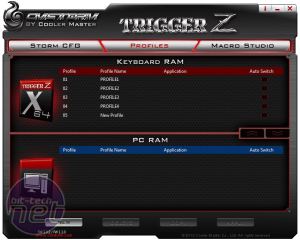
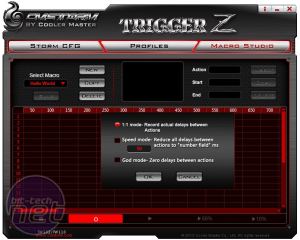
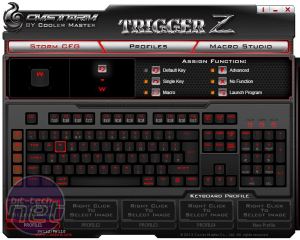
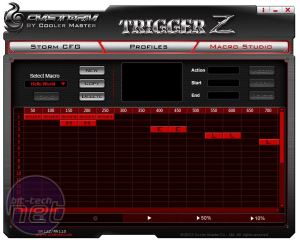
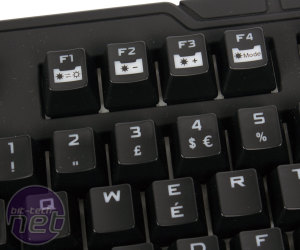

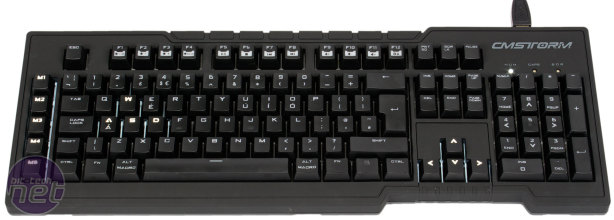







Want to comment? Please log in.